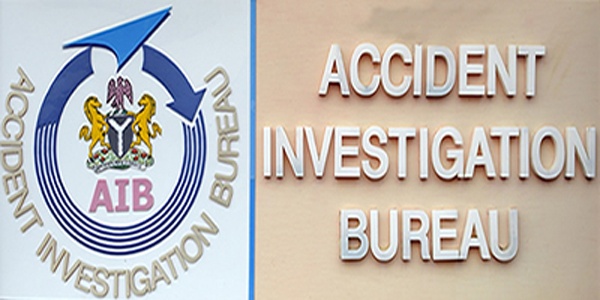Air accidents: AIB seeks ONSA, NCAA clearance to operate drones in ‘no fly zones’
June 25, 2021
The Accident Investigation Bureau (AIB) is seeking clearance from the Office of the National Security Adviser (ONSA) and the Nigerian Civil Aviation Authority (NCAA) to operate drones in ‘no fly zones’.
The Commissioner of AIB, Mr. Akin Olateru, disclosed this in his presentation on Drone Essence in Accident Investigations at the Drone Technology Conference Exhibition – Dronetech 202- held in Lagos on Friday.
Olateru said that since drones had been programmed not to operate within the zone unless unlock codes were obtained, the bureau would need the permanent unlock authorisation.
He explained that the newly acquired four MAVIC-2 Pro and one Matrice 300 RTK DJI drones are for the purpose of pioneering the use of drones for accident investigation in the West African sub-region.
Olateru explained that the clearance for the usage was currently undergoing certification process by NCAA to authorise it operate drones.
The commissioner, however, added that because of drone regulation process, it cannot operate its drones at accident sites in close proximity (five miles) to the airport areas, which had been tagged ‘no-fly-zone’ without clearance.
“The drone regulations by the Nigerian Civil Aviation Authority are at work-in progress level, which rarely separates between commercial drone operators and non-commercial/ recreational operators.
“The implication is that a government agency like the AIB cannot operate its drones at accident sites in close proximity (five miles) to the airport areas.
“These areas are tagged ‘no-fly-zone’ unless cleared on case-by-case basis by the Office of the National Security Adviser (ONSA) and the NCAA.’’
He said that obtaining the needed clearances upon the occurrence of an accident would take longer than desired time and keeping in mind that most aviation accidents had occurred around the airport area.
“This limitation will hamper our ability to deploy drones as soon as we arrive at the accident sites in the restricted zones since drones are programmed not to operate within the zone unless unlock codes are obtained.
Olateru also said that another challenge of drone deployment by the bureau would be the need to maintain currency requirements by providing pilots the necessary trainings.
He also said that as drone and camera technologies develop rapidly, the need for constantly upgrading drones and the software components cannot be over-emphasised.
According to him, these do not come cheap considering that you require high speed processing computers, large memory and storage to render the hundreds of images taken in a single operation.
Olateru said that despite these challenges, Drone technology is a veritable tool at accident sites as they are good for capturing the scene before people start disturbing it.
He added that they could be used to help search for missing wreckage and to perform final flight path reconstruction/ visualizations.
Olateru said in aircraft accident investigation, gathering and documentation of evidence at accident sites are of paramount importance for accurate investigation.
The commissioner said that experience had shown that several evidence at accidents’ sites are perishable which can be destroyed easily if not documented on time. (NAN)








